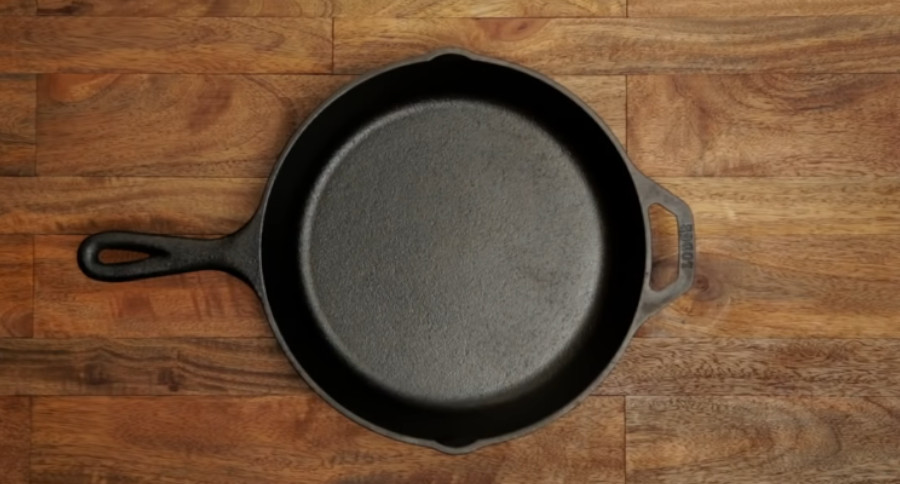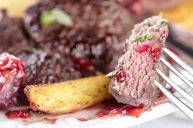These little tricks will improve your cast iron.
We love using cast iron cookware for preparing the food we've procured on our outdoor hunting and fishing adventures. They're one of the best kitchen tools you can own.
The only problem is when it comes to seasoning and cleaning the surface of the pans when you're done. Doing this improperly could ruin the cooking surface.
So, we've assembled three cast iron pan hacks to keep in mind before you even start cooking.
1. You CAN use soap on cast iron
If you use soap on cast iron, some people treat that as a crime against humanity. Seriously, the debate is endless.
It has gotten so hot (pun intended) that chefs, domestic experts, and even scientists are taking the time to address the issue. The general belief has been that a well-seasoned pan can be ruined by dish soap. These soaps are generally designed to target oils. So, the thought is dish soap will destroy the thin layer of oil residue built up in the pan and you'll have to re-season all over again. Some also believe you'll destroy the pan's non-stick capabilities.
But many chefs and even scientists have challenged that idea in recent years. Most agree that a little bit of soapy water isn't going to change things. This is because, if you're using vegetable oil to season your pans, once you re-heat the pan, those oils are changed to a new, non-oil state in a process called polymerization.
Polymerization is a pretty technical scientific concept, but all you really need to know is that this it alters the molecules of the oil in a way that soap won't hurt it. Just be sure to use it sparingly, and never put your cast iron in a dishwasher.
2. Use something non-abrasive to scrub the pan
Unless you are using the abrasive surface to scrub off rust while restoring an older cast iron skillet or pan, most experts agree you should use something non-abrasive when you are scrubbing the pan clean. That means don't use steel wool or thick scouring pads. All the hard work of seasoning cast iron can be undone in a hurry this way.
Some people simply like to use a paper towel to wipe away the excess foods and then they heat some cooking oil in the pan to re-season it. Some people like to use salt to aid in scrubbing away excess food, while others feel that's too aggressive of an approach.
We suggest doing whatever you feel works best. Just keep in mind you want to protect that valuable layer of season in the bottom of the pan.
Some chefs use just a spatula or specialty cast iron scrubbers. These things often look like chain mail and look like they could damage the pan, but they are specifically designed to help you get rid of crusted-on food without damaging the seasoned layer.
3. Oils work better than bacon or lard for seasoning
Some people believe lard or bacon is the best way to season a piece of cast iron. But most experts agree it is not true, because both are high in saturated fats. So, what are you supposed to use?
Well, most agree that seasoning your pan with oils made of unsaturated fats is the better route. Something like flaxseed oil or other vegetable oils will be better for your pan in the long run, and will help you develop that non-stick surface everyone desires in their cast iron.
We can't help but wonder if the person who came up with bacon for seasoning just wanted an excuse to cook more bacon. Not that we blame them; bacon is awesome! But still, if you're trying to season cast iron, use something else.
By utilizing some of these tips, you find that cooking with your cast iron can be even more rewarding (and tasty!) than ever.
For more outdoor content from Travis Smola, be sure to follow him on Twitter and check out his Geocaching and Outdoors with Travis YouTube channels.
NEXT: 15 INSPIRING FISH RECIPES BEYOND JUST FRYING IT UP
WATCH





